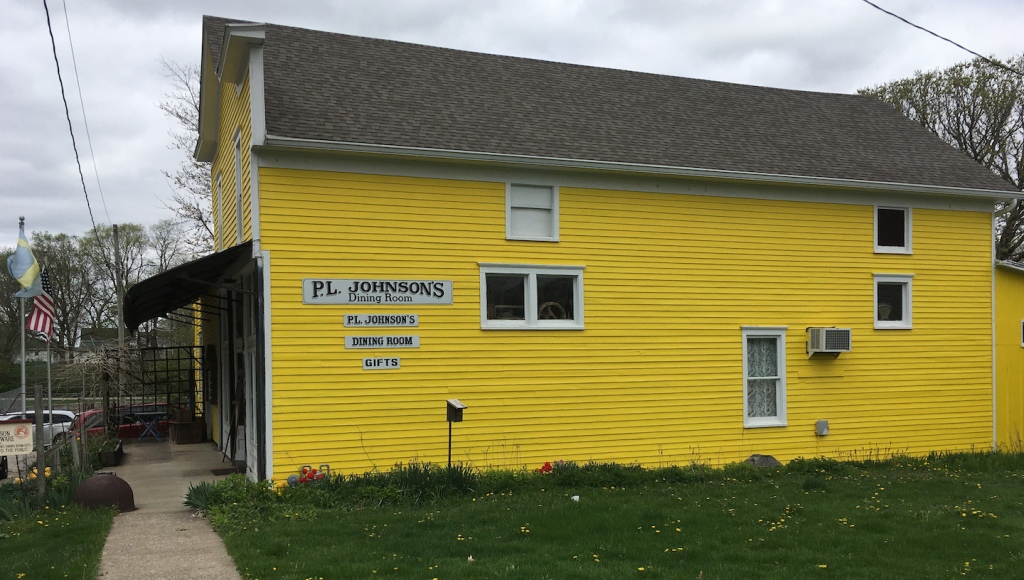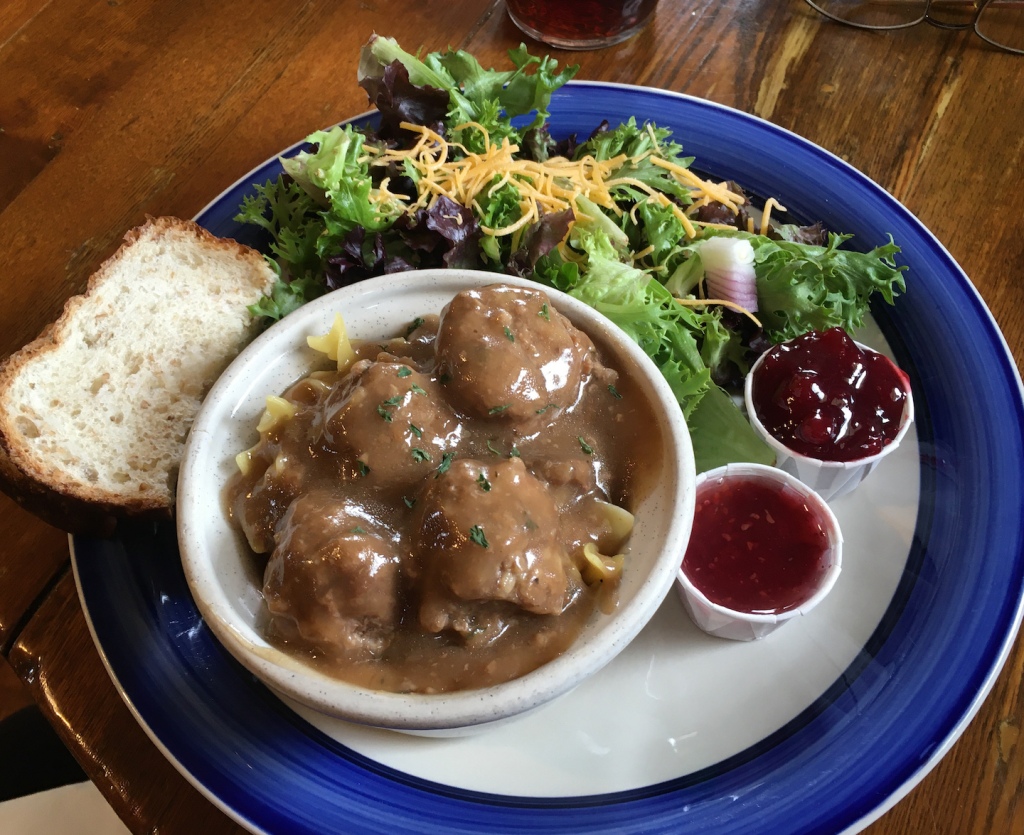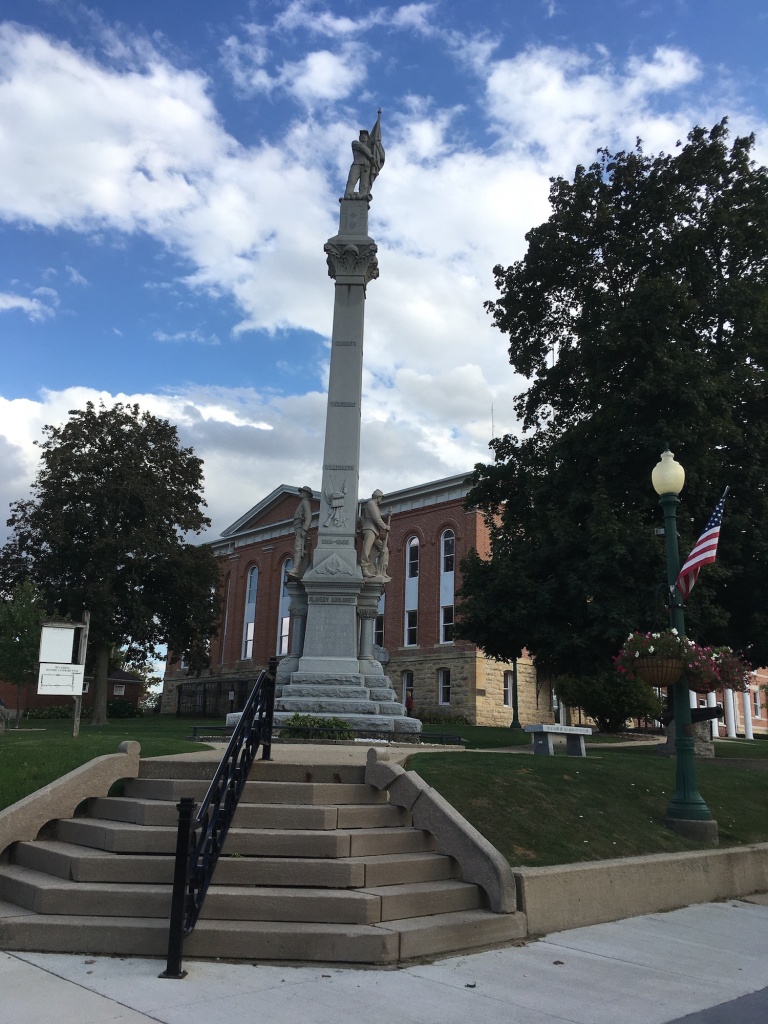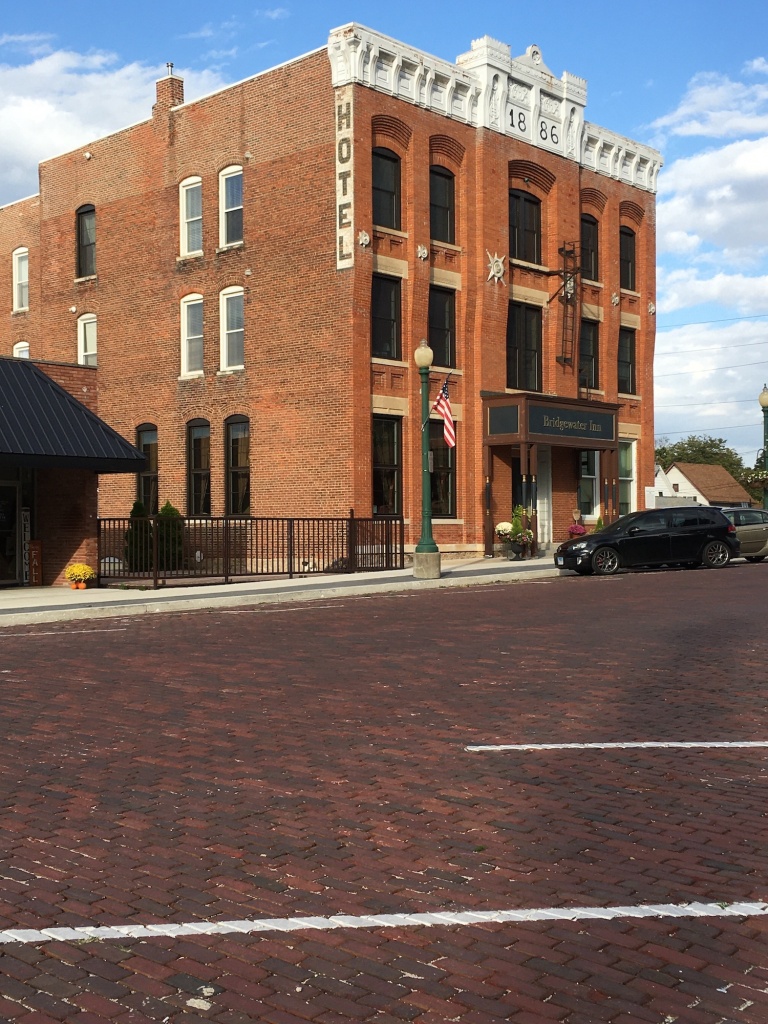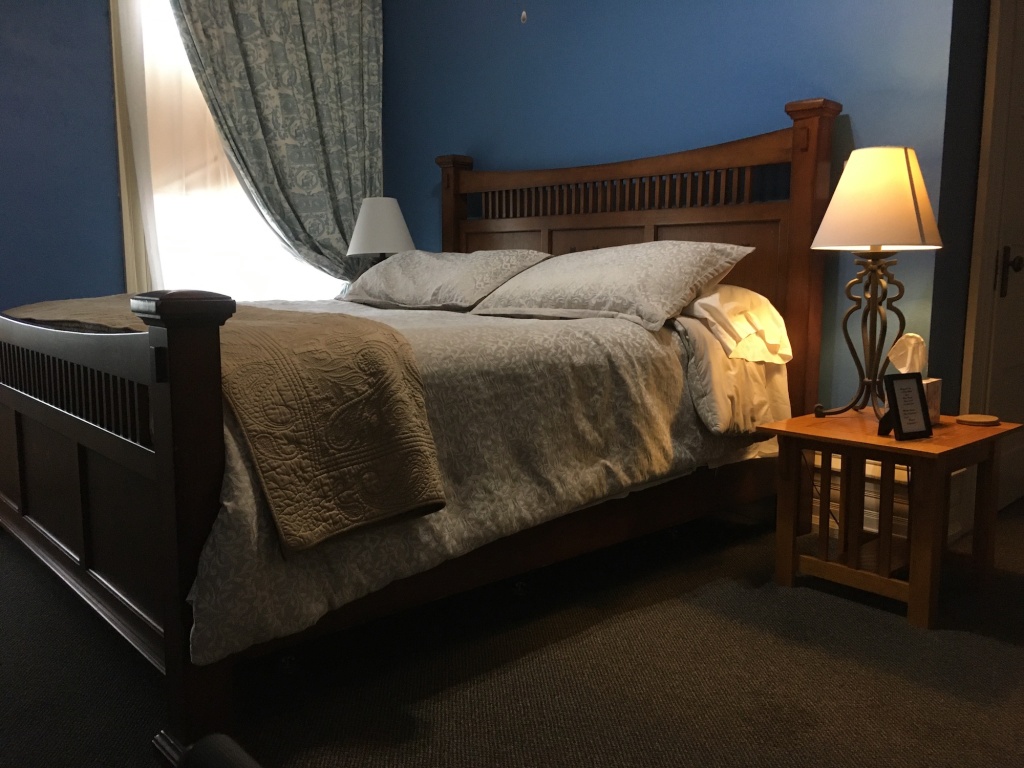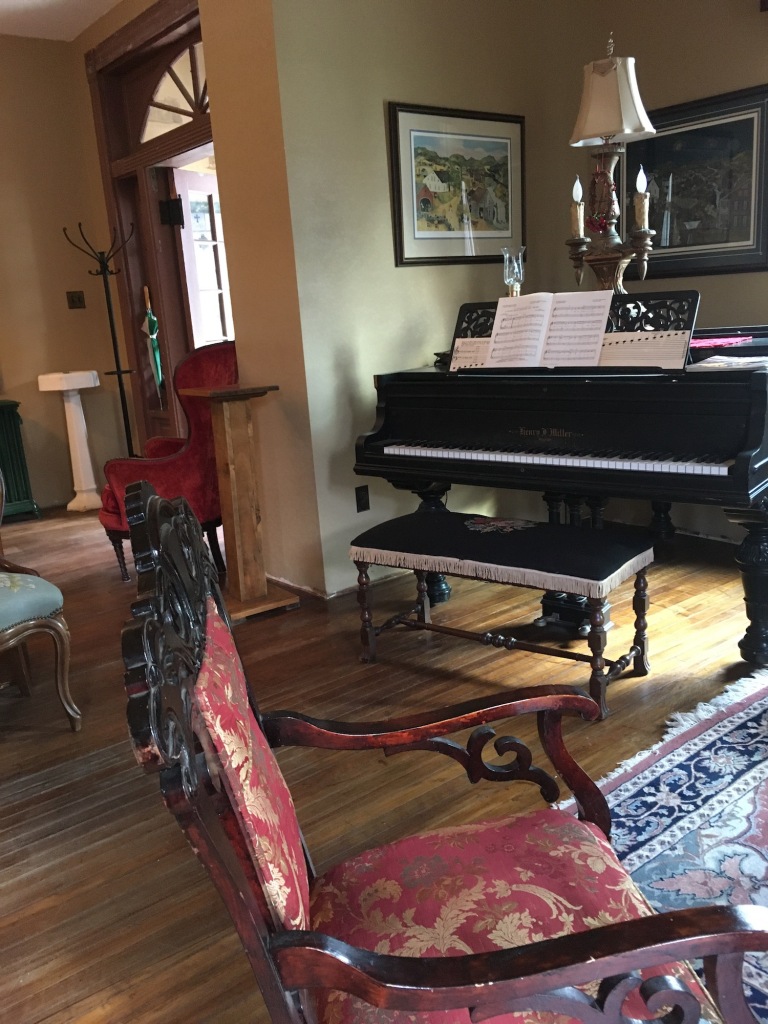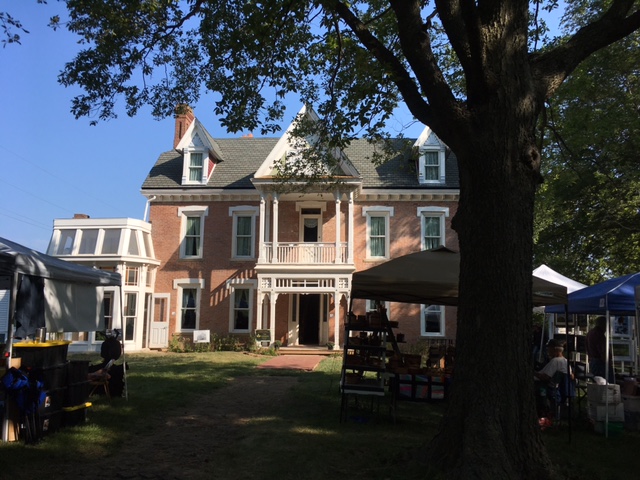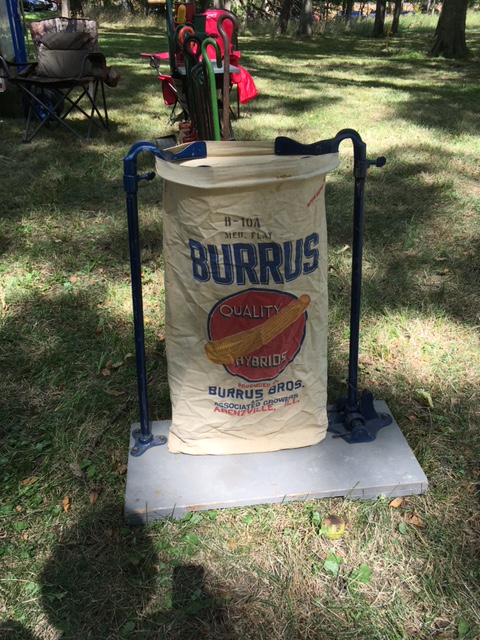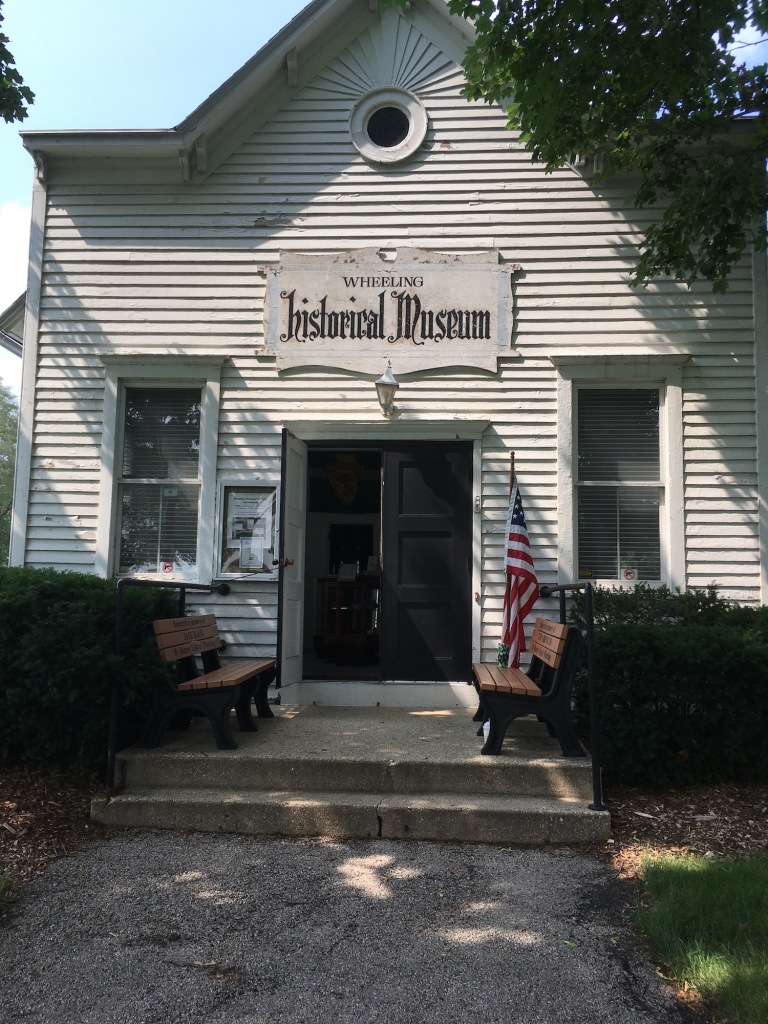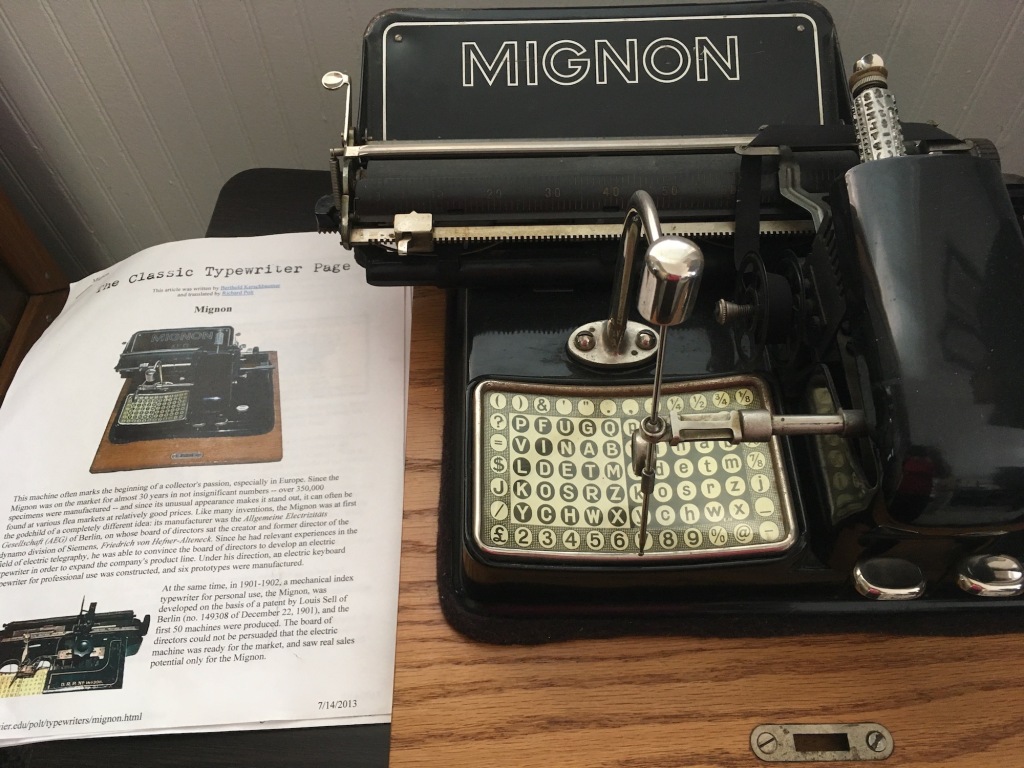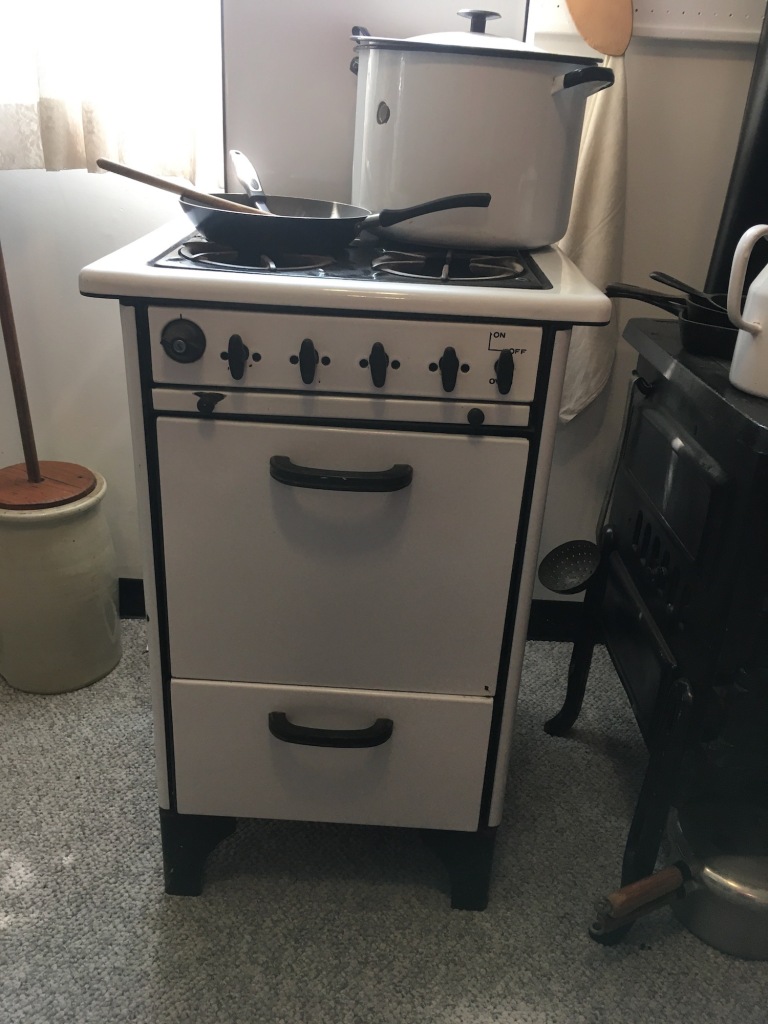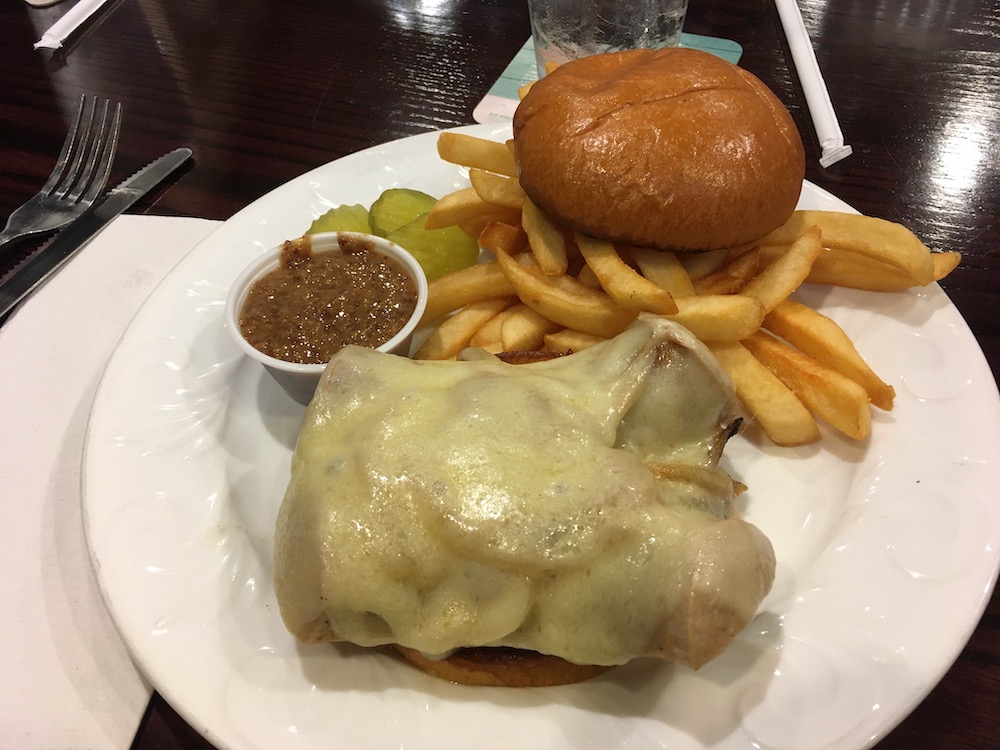I keep reading articles about how the family farm is a thing of the past and people don’t care about the land anymore. I figure these articles must have been written by people who live in cities, because if you get out into the countryside, at least in the Midwest, you find that this simply isn’t true. In fact, in Illinois, 96 percent of all farms are family owned. That’s roughly 70,000 farms, many of them in the same family for generations. Some of the farms are larger these days, simply because far fewer people are interested in doing the hard work of farming. But being large doesn’t mean you can’t still be all-in-the-family. To “meet” some of these farm families, you can visit “We are the 96” on this site: https://watchusgrow.org/we-are-the-96/
If you go through the videos on my blog (see link under categories), you’ll find evidence of numerous family farms from several states—because Illinois is not alone in being very family-farm-centric. At least in the Midwest, this is the norm.
I recently wrote an article for Newcity Magazine about how to reconnect with the world of farming if you happen to live in Cook County Illinois. There are links to the places mentioned in the article, should you live in the area and want to follow up. But if you don’t live in the area, perhaps it will encourage you to search and find out what is near you. Because the myth of the vanishing family farm is just that—a myth—though it could happen if we keep ignoring them. Here’s the story: https://resto.newcity.com/2023/10/04/not-just-corn-and-soybeans-the-big-food-disconnect-and-how-to-fix-it/
So do what you can to find out who is farming where you live. See if there are options for learning more. Because the problem with having everyone believing the myth of the vanishing family farm is that it makes it all that much harder to hang on to those family farms.

